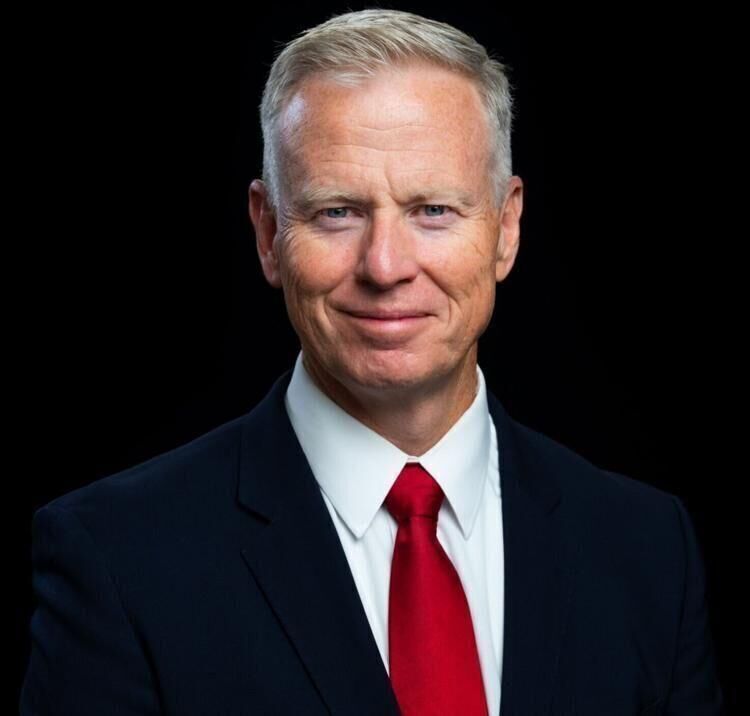Don’t side with special interests when it comes to lamb industry | GABEL

Rachel Gabel
When the search for gold in the American west in the late 1800s didn’t translate into riches beyond their wildest dreams, young Basque and Greek men became sheep and cattle men. Herding sheep was lonely, and the conditions were challenging, but for a strapping young man with aspirations and a strong work ethic, it promised rewards.
The itinerant herders followed the seasonal rhythms of raising sheep in the high desert country of Colorado and other western states. They went high in the summer, and came low in the winter, facing constant predator pressure and the occasional angry cattleman. The Range Wars burned across the west beginning in the 1880s as sheep herders and cattlemen fought over the same grass and water for the stock in their charge. Lands were frequently overgrazed without the formation of grazing districts and the wild and woolly race for grass.
The blood of many a sheepherder was spilled, and entire herds of sheep were slaughtered in the violent years before Colorado U.S. Rep. Edward Taylor reached a solution in 1934, the Taylor Grazing Act, signed into law by President Franklin D. Roosevelt.
In the heart of Colorado’s sheep country, a public meeting in Grand Junction drew a rowdy crowd that quickly divided itself into two camps: cow men and sheep men. According to the Grand Junction Daily Sentinel, the meeting organizer, Farrington (Ferry) Carpenter, a respected rancher and attorney from Hayden, wisely insisted guns be removed before business came before the meeting to avoid more bloodshed.
Stay up to speed: Sign up for daily opinion in your inbox Monday-Friday
Carpenter was named Grazing Division director and was tasked with implementing the Taylor Grazing Act and creating grazing districts but, save for a group of men from the U.S. Geological Survey to help, he received little guidance from Secretary of the Interior Harold Ickes.
According to Bob Silbernagel’s Daily Sentinel article, Carpenter knew the USGS men knew nothing of the range or grazing. He turned to area stockmen in Grand Junction, Rifle and Meeker to establish six grazing districts, each with elected representatives to serve on advisory boards for each district. Stakeholder meetings were hosted in 10 western states and by early 1835, two-thirds of the open range was administrated under the Taylor Grazing Act and local ranchers elected to serve were guiding appropriate stocking rates to strike a balance between grazing needs and grazing done well.
Carpenter was promptly fired by Sec. Ickes when he realized the act was being administered where the grazing occurred, rather than thousands of miles away in the nation’s capital. Ickes was apparently ahead of his time as a Bureau of Land Management man. Though Rep. Taylor convinced FDR to reinstate Carpenter, which he did, Carpenter was eventually pushed out by Ickes in 1938.
Though no longer bloody, discussions about public lands grazing have remained contentious with environmental groups butting heads with ranchers and other multiple-use land users. Today, the clash between animal rights extremists attempting to end lamb slaughter in Denver is reverberating through the west and her sheep producers steeped in the history of the range wars. The fact the future of the lamb industry in the west is being decided by a tiny electorate at the behest of extremists is lost on no one.
As feeder lambs come off the mountain pastures and head to market this fall, ranchers across the west are watching the potential slaughterhouse and they are feeling the effects of the market instability. Sheep producers, just like other agriculture producers, are not in a great position to face market instability on top of low commodity prices, high input costs and a less-than-friendly political climate.
Last year, at St. Onge Livestock Market in South Dakota, a Belle Fourche, South Dakota, ranch sold 78 head of 63-pound feeder lambs for $242 per hundredweight and 256 head of 89-pound feeder lambs for $226 per hundredweight. In 2024, with the looming possibility that when these lambs are ready to be slaughtered, there will be 30% less shackle space in the country, the market reacted. This year, that same ranch sold 117 head of 63-pound lambs for $188 per hundredweight and 147 head of 81-pound lambs for $179 per hundredweight. That’s a drop in the average price from $189.77 per head to $133.22 per head.
American consumers are clear with ag producers they desire sustainable practices, and I would argue multigenerational operations that have been feeding their neighbors for 100 years are sustainable. They’ve been feeding their neighbors and doing it more efficiently, with fewer inputs, and while implementing the best practices across every stop in the value chain. However, if a historic operation who lived and learned through the sheep wars, survived the economic crises of the 1980s and have continued to contribute to the most affordable and abundant food supply in the world can’t make a living because a tiny group of extremists can throw money at voters, then sustainability no longer matters. Voters need to side with the storied and diverse historic families who raise and process American lamb, not a special interest group.
Rachel Gabel writes about agriculture and rural issues. She is assistant editor of The Fence Post Magazine, the region’s preeminent agriculture publication. Gabel is a daughter of the state’s oil and gas industry and a member of one of the state’s 12,000 cattle-raising families, and she has authored children’s books used in hundreds of classrooms to teach students about agriculture.










